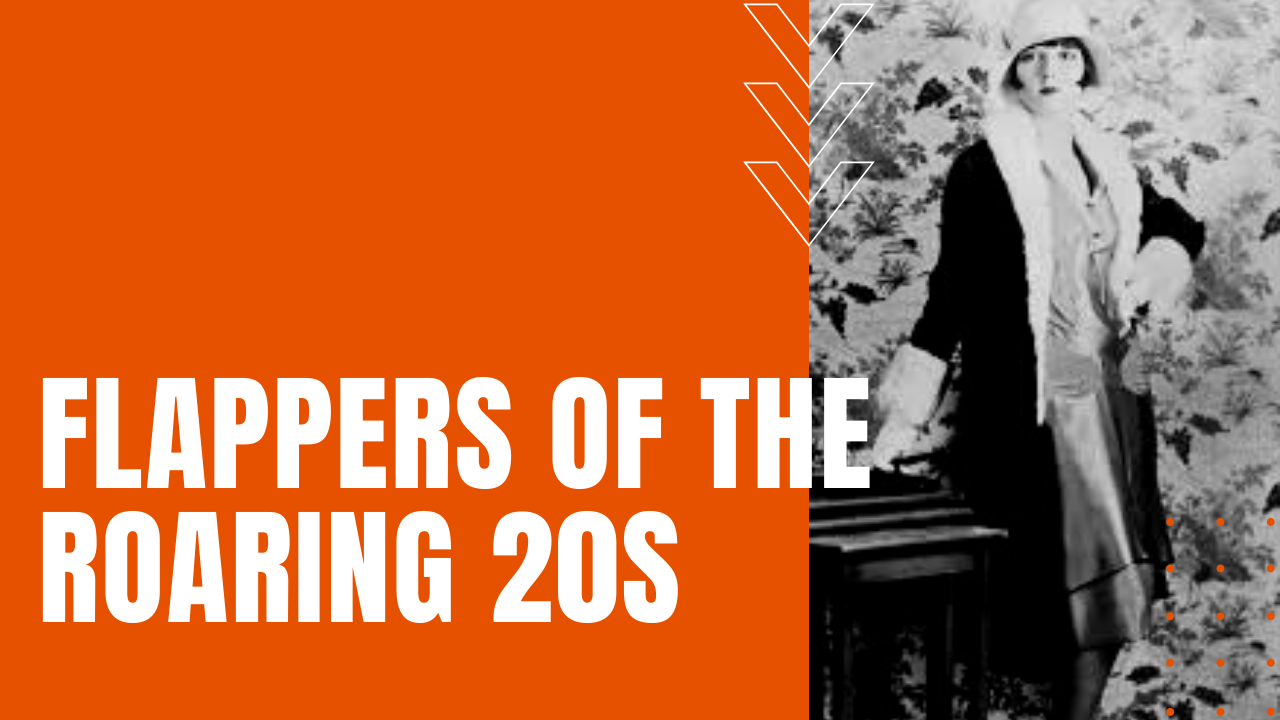Flappers of the Roaring 20s

Flappers were a group of young women who defined the spirit of the 1920s. They were young women who had tasted independence during World War One, who wanted to earn their own living and not define themselves through marriage and motherhood.
They were women who embraced the spirit of the Roaring Twenties of pleasure, independence, exploration and freedom. Having been given the right to vote and own their own property, women of the era wanted to explore what life held in store for them.
Flappers Shock Modern-Day Society
Before the war, skirts were beginning to rise just above the ankle, but during the Twenties, women began to see more radical changes in fashion than they’d ever seen in history. By the mid-20s, skirts had risen to knee-length, while other women began to wear trousers and short sleeves, going out in public without gloves or hats.
Flappers, in particular, bobbed their hair, listened to jazz and flaunted their disdain for what was then considered acceptable behavior. Flappers were seen as brash for wearing excessive makeup, drinking alcohol, smoking cigarettes in public, driving automobiles, treating sex in a casual manner, and otherwise flouting social and sexual norms.
Older generations of Americans claimed that the flappers wore dresses of “near nakedness,” lambasting their behavior as “flippant, reckless and unintelligent.” But to the flappers themselves, they wanted to be socially equal with men, prompting them to adopt typically male behaviors such and smoking and drinking alcohol.
A Flappers’ Sense of Freedom
The rise of consumerism also promoted the ideals of fulfillment and freedom, which encouraged women to think independently of men about their clothing, careers and social activities. A booming economy allowed more people the time and money to play golf and tennis and to take vacations, which required clothing adapted to these activities, while the flapper’s typically slender silhouettes made them particularly suitable for movement.
The rise of the automobile was an important factor in flapper culture, as cars meant a woman could come and go as she pleased, traveling freely to speakeasies and other entertainment venues, while using the large vehicles of the day for their most popular activity, petting parties—the original dating app of the Roaring Twenties. According to one study from the late 1920s, 92% of college students participated in petting parties, which went by other names such as snuggle parties, snugglepupping and necking, adding more relevance to the question “Great Grandma, what did you do when you were young?”
